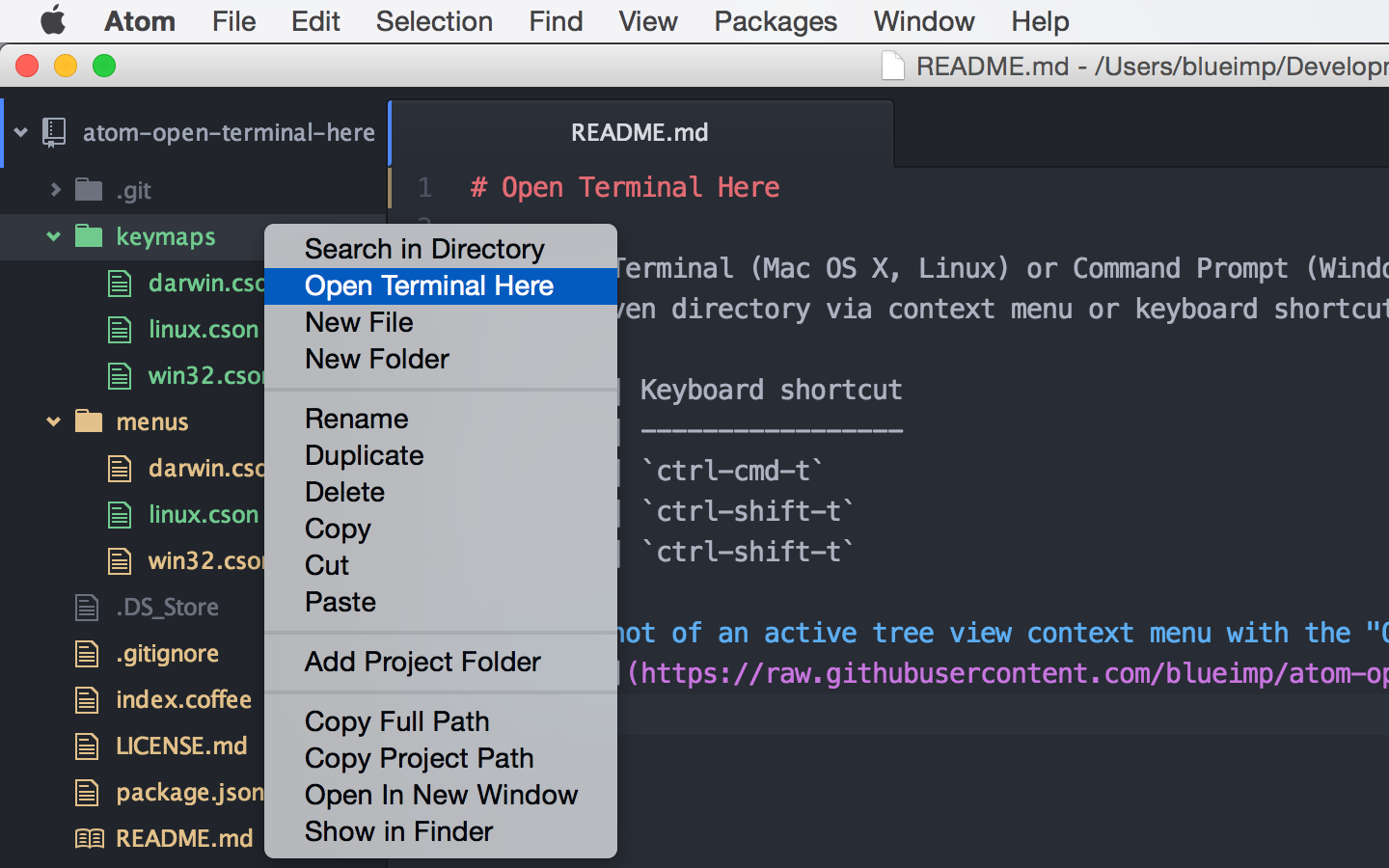

Sometimes it does skip something so I always check in the properties menu, by selecting everything in the drawing I need to flatten and check per element/object type if the elevation/Z-coordinate is set to ‘0’. This works great and after running the command the drawing is now, usually, totally 2D. At the office I use the ‘FLATTEN’ command (Autocad 2010 Windows), which flattens out all 3D objects and objects/elements that have a Z-coordinate in them. This can be a real problem when having to use this existing drawing as a base to work from.
#FLATTEN COMMAND IN AUTOCAD FOR MAC HOW TO#
More Tuesday TipsĬheck out our whole Tuesday Tips series for ideas on how to make AutoCAD work for you.At work I have come across many drawings that were supposed to be 2D drawings, but turned out to be full of elements (lines, blocks, etc) that still had a Z-coordinate. Yes, the Filter command is a bit old school, and it may take a little practice to master, but once you have, you’ll have added an extremely powerful tool to your arsenal. You can even nest these logical operators if you need to. It returns true if either, but not both, of the condition are true. The final operator is XOR (Exclusive OR). OR means that if any of the conditions are met, it will return as a true statement. The AND operator says that all conditions within it must be met. No problem, just click on the Save As button on the right side and stash it away for next time.Ī bit about the logical operators. They are a bit complex to create, so you may want to save them for future use. The combinations are almost endless, and your filter list may get quite large. In fact, you can bypass the Select Filter list if you want and select your object with the Add Selected Object button at the bottom. Note that if you choose an object just as Layer, the Select… button will activate, allowing you an easy way select the property. That’s easier seen than said… in the example below, I want either a Polyline or a Circle, so I start by adding a Begin OR and finish with and End OR.įor our next example, I may want to select all Multileaders that are on layer NOTES and of the style TuesTips. Also, you must use both the Begin and End operator, and they must bracket your items. They must be added to your list just like the objects are. It just works differently.Īt the bottom of the Select Filter list are some special operators that help to build your conditions. Good news! That’s the Filter command’s superpower too.

That’s pretty cool, but remember the Quick Select command? Its power is being able to apply various object properties to the selection. Apply, the dialog dismisses, and all your Polylines and Circles are selected. Choose your desired object, (in this case, a Polyline) and make sure you then click Add to List. You’ll start with the Select Filter list. You build a query list from within the dialog to define what you want to select, then apply your list of filters. It’s only available via the command line. You won’t find it in the ribbon, or even the pulldown menus. So, while you may be aware of QSELECT, you may not know about FILTER command in AutoCAD. It could be done, but you’d have to jump through a few hoops to make it happen. What happens if you need to select multiple items? For instance, you may need both Polylines and Circles. However, it does have a limitation that is, you can only select one item at a time. Hopefully you’re aware of it too, as it’s one of the more common AutoCAD tips you’ll find. Architecture, Engineering and ConstructionĪsk anyone who knows me, and they’ll tell you how much I love Quick Select.Architecture, Engineering & Construction.


 0 kommentar(er)
0 kommentar(er)
